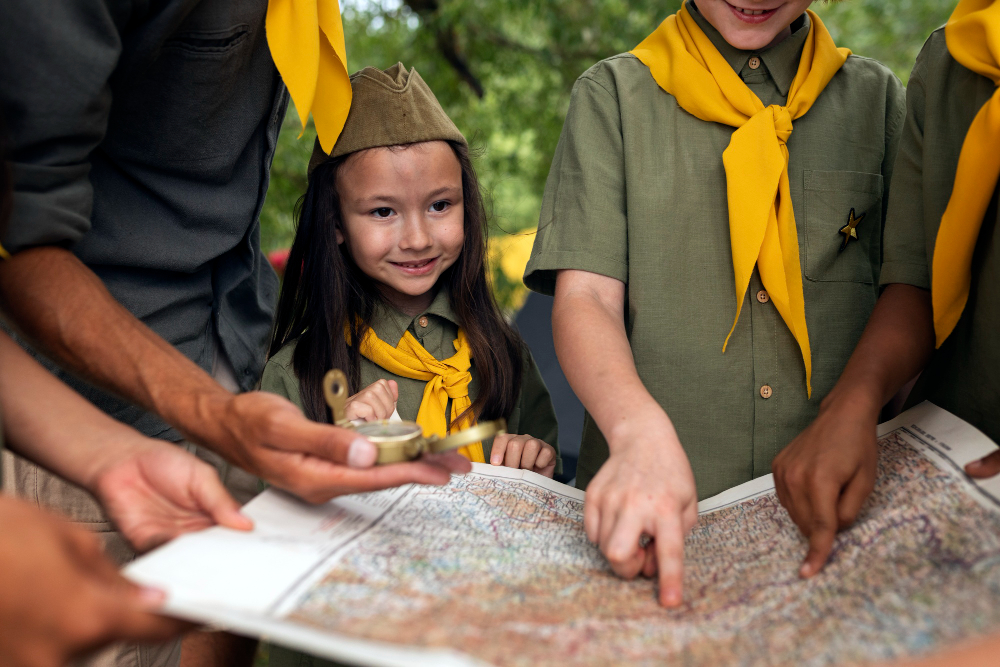Indonesia is not just a tropical paradise—it’s a living mosaic of cultures, religions, languages, and traditions. With over 17,000 islands and hundreds of ethnic groups, the archipelago offers far more than just beaches and volcanoes. If you’re a traveler with a passion for authentic cultural experiences, Indonesia promises an unforgettable journey.
This carefully curated Indonesia itinerary highlights 9 rich cultural experiences every curious explorer should have. From ancient temples to indigenous rituals, immerse yourself in the diverse traditions that define this incredible nation.
1. Witness a Balinese Temple Ceremony in Ubud
Ubud, the cultural heart of Bali, offers more than yoga and rice fields. It’s also the best place to witness Hindu temple ceremonies, which occur frequently at village temples, palaces, and even family compounds.
What to Expect:
Locals dressed in traditional sarongs and sashes
Offerings of flowers, food, and incense
Gamelan music and sacred dance performances
Rituals led by Balinese priests (pemangku)
Pro Tip: Visit during major festivals like Galungan or Nyepi to witness the island’s most elaborate ceremonies.
2. Explore Yogyakarta’s Batik Heritage
Batik is not just a fabric—it’s an intangible cultural heritage of humanity, recognized by UNESCO. Yogyakarta, on the island of Java, is one of the best places to learn and appreciate this traditional textile art.
Activities:
Take a batik-making workshop at a local studio
Visit the Batik Museum or Sultan’s Palace for historical context
Buy authentic handmade batik as souvenirs
Whether you’re a fashion enthusiast or a history buff, Batik culture reflects Indonesia’s artistic soul.
3. Climb Borobudur at Sunrise
No cultural itinerary in Indonesia is complete without Borobudur, the world’s largest Buddhist temple. Located just outside Yogyakarta, this 9th-century marvel offers a deeply spiritual experience, especially at sunrise.
Cultural Significance:
Features over 2,600 relief panels and 500 Buddha statues
Built in a mandala shape to represent Buddhist cosmology
Still used for pilgrimages during Vesak Day
Climbing Borobudur in the early morning mist is a meditative journey into the past.
4. Join a Traditional Dance Workshop in Bali
Balinese dance is more than performance—it’s a sacred expression of mythology and devotion. If you’re artistically inclined, try your hand (and feet!) at learning these intricate movements.
Types of Dances to Explore:
Legong (elegant and classical)
Barong (symbolic battle between good and evil)
Kecak (chant-based fire dance performed at sunset)
Many cultural centers in Ubud and Sanur offer half-day workshops for travelers.
5. Visit a Torajan Funeral Ceremony in South Sulawesi
For those open to truly unique experiences, visiting the Toraja Highlands offers deep insight into indigenous beliefs about life, death, and the afterlife. Their elaborate funeral rituals are unlike anything else in the world.
Cultural Insights:
Ceremonies can last for days and involve buffalo sacrifices
Families preserve the deceased for months or years before burial
Graves are carved into cliffs or trees for children
Wooden effigies (tau tau) are placed to guard the tombs
While intense, these rituals are celebrations of life and connection—handled with deep reverence.
6. Attend a Shadow Puppet Show (Wayang Kulit) in Java
Wayang Kulit is an ancient form of storytelling using leather puppets and backlit screens, accompanied by live gamelan music. Originating in Java, this tradition is both entertainment and spiritual performance.
Where to Watch:
Yogyakarta and Surakarta (Solo) are performance hubs
Royal palaces and cultural centers often host shows
Some shows last all night, especially during festivals
Don’t worry if you don’t understand the Javanese language—the visual artistry and music transcend words.
7. Stay in a Traditional Sasak Village in Lombok
Escape the crowds of Bali and hop over to Lombok, home to the Sasak people. Staying in a Sasak village offers an intimate look at traditional homes, music, food, and rituals.
Cultural Experiences:
Stay in a hand-built lumbung (stilted house with a thatched roof)
Learn about Sasak weaving and music traditions
Share meals cooked in earthen stoves
Participate in community events and storytelling
This is sustainable tourism at its best—supporting local communities while learning from them.
8. Experience the Sacred Rituals of Bali Aga Villages
Bali Aga are the original inhabitants of Bali, living in remote, preserved villages such as Tenganan and Trunyan. Their traditions are distinct from mainstream Balinese Hinduism, offering a rare cultural perspective.
What Makes It Special:
Witness ancient ceremonies like the Mekaré-kare (ritual combat with thorny pandan leaves)
See rare double ikat weaving techniques
Learn about unique funeral practices where bodies are left to decompose naturally
Explore communities with strict architectural and spiritual rules
These villages guard centuries-old customs with pride and grace.
9. Join a Cooking Class with a Local Family
Food is one of the most intimate gateways to culture. Across Indonesia, you’ll find opportunities to learn traditional recipes with local families, from spicy sambal in Java to coconut-based dishes in Sulawesi.
What You’ll Learn:
How to use traditional spices and herbs
Cooking with clay stoves or banana leaves
Making street food like satay or gado-gado
Sharing meals and stories with locals
It’s not just about the food—it’s about sharing time, laughter, and memories.
10. Optional Extension: Celebrate a Local Festival
If your timing is right, include one of Indonesia’s vibrant cultural festivals in your itinerary:
Nyepi (Balinese Day of Silence) – A day of reflection, preceded by loud Ogoh-Ogoh parades
Pasola (Sumba) – A horseback spear-throwing ritual in honor of ancestors
Waisak (Vesak Day) – Buddhist lantern ceremonies at Borobudur
Bali Arts Festival – A month-long celebration of traditional dance, music, and crafts
These festivals breathe life into traditions and are incredible to witness firsthand.
Conclusion: Culture Beyond the Beaches
While Indonesia is often praised for its natural beauty, the true heart of the archipelago lies in its cultural depth. This itinerary is designed not for the typical tourist, but for the curious explorer—someone who wants to understand what makes Indonesia’s identity so rich and diverse.
From temple ceremonies in Bali to indigenous rituals in Sulawesi, every island has a story, and every tradition holds a key to understanding this multifaceted nation. Travel slowly, ask questions, share meals, and above all—respect the people and customs that make these experiences possible.
If you’re looking for a trip that leaves a lasting impression on your soul, this cultural itinerary is the perfect guide.
FAQs
1. Is it respectful to attend a Torajan funeral as a tourist?
Yes, but always ask for permission first. Torajan families often welcome respectful tourists, especially if they bring a small gift (like cigarettes or sugar) and dress modestly. Hiring a local guide is recommended.
2. What is the best time of year for cultural travel in Indonesia?
The dry season (May to September) is ideal for both weather and festivals. However, some events like Nyepi or Pasola occur at specific times based on the lunar calendar, so check dates in advance.
3. Can I experience Balinese culture without a guide?
Yes, especially in Ubud where cultural experiences are widely available. However, a local guide can offer deeper insights, especially during ceremonies or village visits.
4. Are cultural activities more expensive than typical tours?
Not necessarily. Many cultural activities like cooking classes, puppet shows, or temple visits are affordable and support local communities. Hiring a private guide may add cost but offers more personalized value.
5. What should I wear to cultural ceremonies or temples?
Dress modestly:
Cover shoulders and knees
Wear a sarong and sash (often provided at temples)
Remove shoes before entering sacred areas
Avoid loud colors or flashy accessories







